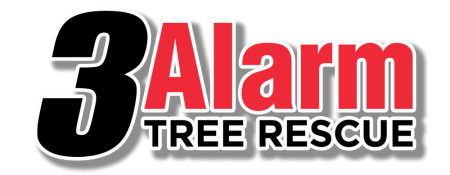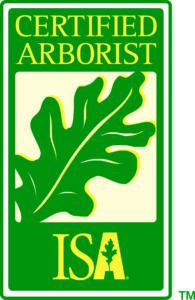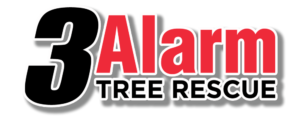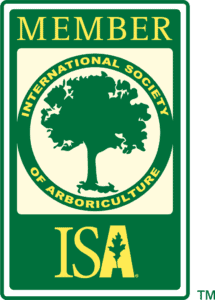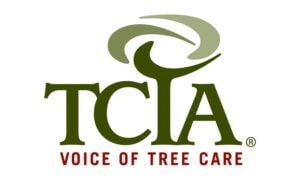Planting Trees
Time to Plant
Texas Arbor Day celebrates the planting and caring for trees and is a popular time for homeowners to add new trees to their landscapes. Before planting new trees, homeowners should consider advice from expert arborists like Richard Hancock at 3 Alarm Tree Rescue, to ensure the trees’ longevity.
Planting Guidelines
We advise customers to follow these planting guidelines:
- Measure the height and diameter of the root ball or root spread.
- Dig the hole just deep enough to allow the first structural root to be at level grade. The diameter of the hole should be two to three times the diameter of the root ball or root spread.
- Set the tree on undisturbed solid ground in the center of the hole. The tree should be planted so that the root flare, the base of the tree trunk where the roots begin to “flare-out,” will be visible above grade.
- Backfill with soil from the planting hole, using water to pack or settle the soil around the root ball. Do not tamp soil by stepping on it.
- Mulch the planting area with 2 to 4 inches of an organic, composted mulch such as wood chips. Do not mulch up to or against the trunk. Start the mulch 6 inches away from the tree trunk.
- Stake and/or protect the trunk of the tree if there is a real potential for wind damage or lawn-mower injury. Remove the guy wires (string, rope, wire or other ties used with supports) when the staking is no longer needed, or the tree could be injured or even killed from girdling by the wire.
- Fertilizing is not recommended at the time of planting.
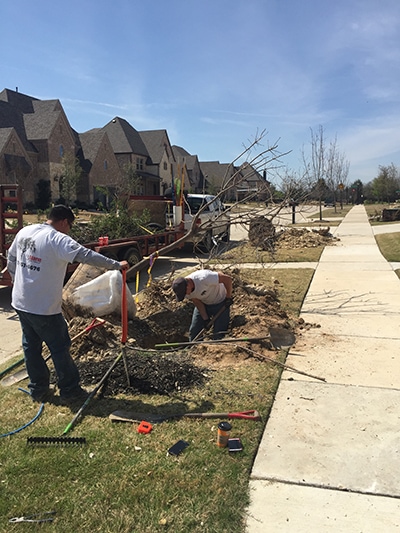
Different Tree Packaging
- Bare-root plants may be sold with the roots tightly packed in a moisture-retaining medium that is wrapped with paper or plastic, or with roots loosely covered by a moist packing medium. Roots must be adequately moistened prior to planting. Roots are spread out evenly in the hole when planting.
- Balled-and-burlapped (B&B) trees are moved with balls of soil protecting their root systems. Soil balls are heavy, so professional arborists who have proper equipment should be hired to plant large trees. Smaller B&B trees should be carried with a hand under the ball. Carrying a B&B tree by the stem or branches can result in serious root damage. When planting, carefully remove the top layer of soil on the root ball down to the first structural root. Set the root ball in the hole, position the tree, then remove twine and nails. Remove or fold back burlap from the upper third of the root ball and cut any wire caging.
- Container-grown trees have the advantage of a root system that is relatively undisturbed at planting but beware of “pot-bound” container trees. Do not buy container trees that have a large number of roots completely circling the inside of the pot. These trees will take a long time to get established after planting because the roots have difficulty growing beyond the thick ring of circling roots. Immediately before planting container trees, prune any circling roots. Root pruning can cut up to 50 percent of the roots in container trees, but this is still sufficient to permit plant establishment. This compares with pruning about 10 percent or less of the root system being transplanted with B&B trees. Always remove the container prior to planting.
Contact Our Trained Arborists
Our priority is protecting your property. Your family’s safety, and our workers’ safety are our main concern. Our concern shows in the safety techniques and equipment we use. This is an area that sets us apart from other companies. Our training to work safely and effectively in emergency situations, combined with our equipment, knowledge and experience will reassure you that we are professional tree experts.
